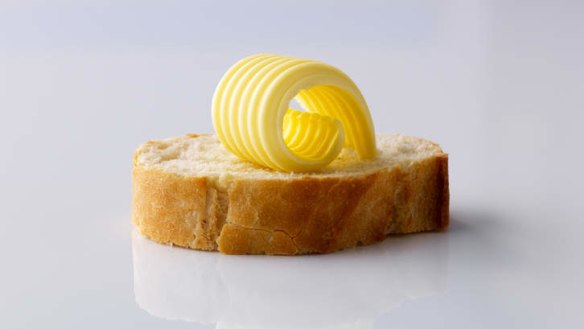Salted versus unsalted butter: which is best?

When a recipe requires butter, does this generally refer to salted or unsalted butter and is there a hard and fast rule for sweet and savoury dishes? P. Dromund.
Traditionally, butter was a way of storing energy. Butterfat was skimmed off milk and churned to make all the fat globules cling together and lose most of the moisture. In some countries, such as England, the butter was preserved by adding salt to stop bacteria from spoiling it. In other countries, cultures were added to cream to convert the milk sugars into lactic acid, acidifying the butter. Cultured butter is generally unsalted. One can safely assume that, unless stated otherwise, recipes from Anglo-speaking countries require salted butter, while for recipes from Francophonic countries, you'll need cultured, unsalted butter. As far as sweet and savoury goes, follow the recipe. Some savoury dishes require unsalted butter because there is a lot of salt in other ingredients and some sweet dishes are made with salted butter to give them a slight tang.
When I chop onions by hand, rather than in the food processor, they seem to have more flavour. Is this my imagination? L. Buzza
Dear L. Buzza. I can't answer what goes on inside your head. I struggle to understand the insides of my own. Nonetheless I can tell you that food does taste and feel different when prepared by hand. Kitchen science manuals state that if you cut an onion in slices lengthways they will taste milder than rings cut crossways. It is to do with the rupturing of the cells releasing compounds that combine to create the sulphurous odour for which onions are known. If you put onions through a food processor, you're really smashing the cells up. You're also changing the mouth feel. The relatively random shards of onion from a food processor will feel less pleasing on the tongue than the more regular shapes made by you and your knife.
I made a pavlova for a dinner party and it didn't set properly. Was there anything I could have done? P. Symons
A friend of mine has a solution for all dinner party dilemmas. It's called gin. Failing that, I assume the recipe you followed instructed you to leave the meringue in the oven, without opening the door, for a certain period of time to allow the residual heat to slowly set the interior and dry the meringue. A good trick when making a pavlova is having loads of cream and berries on hand to decorate it. If it does fail, you simply turn it into Eton Mess, a mixture of crushed meringue, cream and, traditionally, strawberries, although any seasonal berries can be used. The golden rule at dinner parties: never apologise or explain. What goes on in the kitchen stays in the kitchen.
I had lunch with a friend and her burger was quite rare. I didn't say anything to her at the time but I thought minced meat should never be served rare. R. Johnson
All the health authorities in the nation say to cook minced meat all the way through to kill bugs that may cause food poisoning. Minced meat may contain the bacteria E. coli, which may have contaminated the meat during slaughter. Some types of E. coli can cause renal failure. Poorly stored minced meat can also harbour salmonella bacteria, which can cause food poisoning. As you go on to say in your email, your friend survived and had no problems, proving one is not guaranteed to be poisoned by eating a rare burger. But there are risks.
Letters
Thanks to all of you who wrote in response to H. Knight's problem in finding ghee and to those who pointed out it is stocked in most Asian grocers. What I failed to mention was that H. Knight lives in a slightly isolated area. We also had a huge response from goat's cheese lovers, with S. Cousins writing in to suggest C. Valvo look out for Buche de Chevre, an easy-to-find white mould goat's cheese to make her warm goat's cheese salad.
If you have a query, email brainfood@richardcornish.com.au
The best recipes from Australia's leading chefs straight to your inbox.
Sign up- More:
- Brain food
